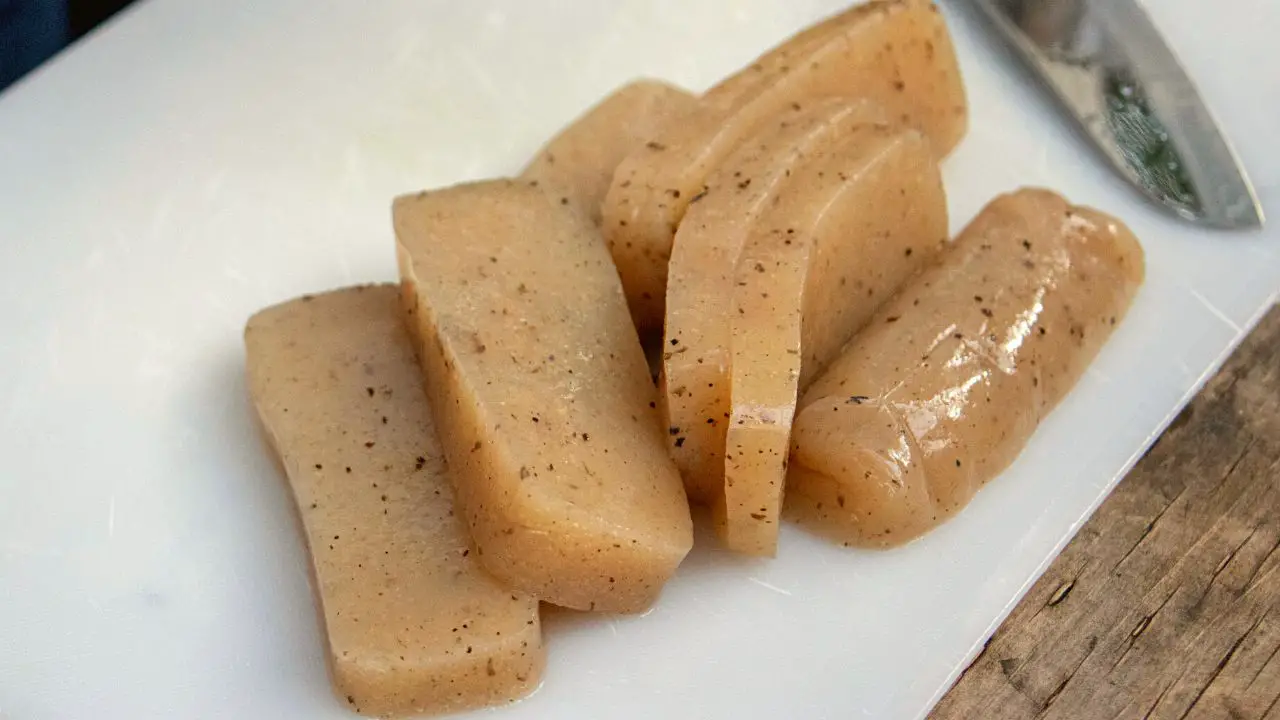When it comes to food, everyone has their own opinion. Some people love the taste of salty foods, while others prefer spicy or sweet flavors. And not to even mention all the different world cuisines out there. There is no right or wrong answer when it comes to food preferences – each person’s taste is subjective.
However, there are some foods that most people can agree on. In this article, I don’t want to talk about the most tastiest foods in the world but cover some of the most bland and tasteless foods in the world.
So, If you’re looking for something exciting and flavorful, you’ll need to look elsewhere. However, if you’re looking for something plain and unexciting, then this is the food for you!
1. Shark Fin

A traditional dish in certain parts of China and Southeast Asia, shark fin soup focuses on its namesake ingredient, but not precisely due to flavor.
In fact, shark fins have almost no discernible taste—the soup’s flavor comes from the broth and the rest of the ingredients. Instead, the shark fin provides texture, a gelatinous and chewy bite.
Although many cultures once valued shark fin soup as an exquisite meal for its expensive cost and a set of certain non-confirmed health benefits, it is slowly falling out of demand. Most of the rejection of this meal comes from increased awareness of its devastating environmental impact.
Shark fin is unanimously considered one of the most tasteless foods in the world and therefore it has made at the top of the list here.
2. Tofu
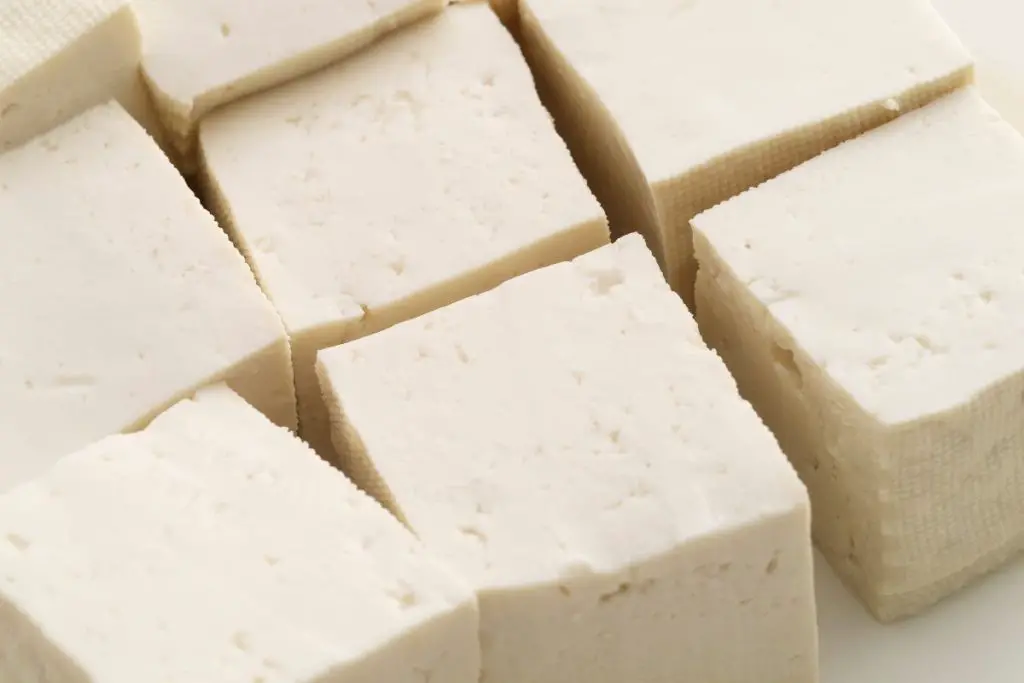
Anyone who cooks tofu regularly knows that it is nearly flavorless on its own, aside from subtle sweet undertones derived from the soybeans. And that is precisely what makes it so wonderful.
Thanks to this blandness, tofu has an uncanny ability to transform itself into anything by absorbing the flavors surrounding it. Subsequently, this quality makes it one of the most versatile staple foods in many cuisines worldwide.
3. Dragon Fruit

While dragon fruit is not tasteless as a whole, its cultivation circumstances make it come across as lacking in flavor to a vast majority worldwide.
The most commonly seen variant of dragon fruit—with pink skin and white flesh with black seeds—is the less flavorful one, with a very subtle and slightly sweet taste. Other variants have a stronger flavor, yet they are harder to export and find.
Another factor that affects flavor is ripeness. Dragon fruit reaches peak sweetness while very ripe, and cultivating it beforehand stunts the taste. Fruit meant to be exported must be harvested while still green, which means the dragon fruit you see in the market is not as flavorful as it could be.
4. Raw Spinach
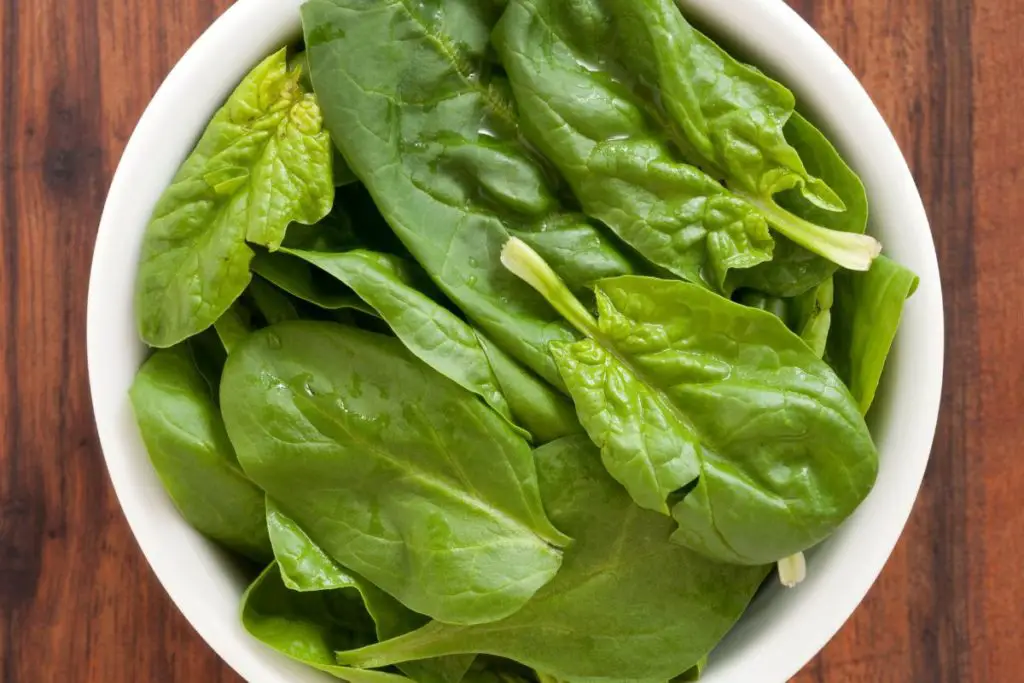
For all its health benefits, spinach has a very delicate flavor profile near imperceptible. It has herbal notes with fresh undertones, but beyond that, it is merely a filler leafy green that adds texture and nutrients.
However, once cooked, spinach develops a slightly bitter flavor that can be somewhat overpowering in an otherwise fresh meal. The culprit behind this flavor is oxalic acid, an antinutrient found in plenty of healthy foods.
5. White Rice
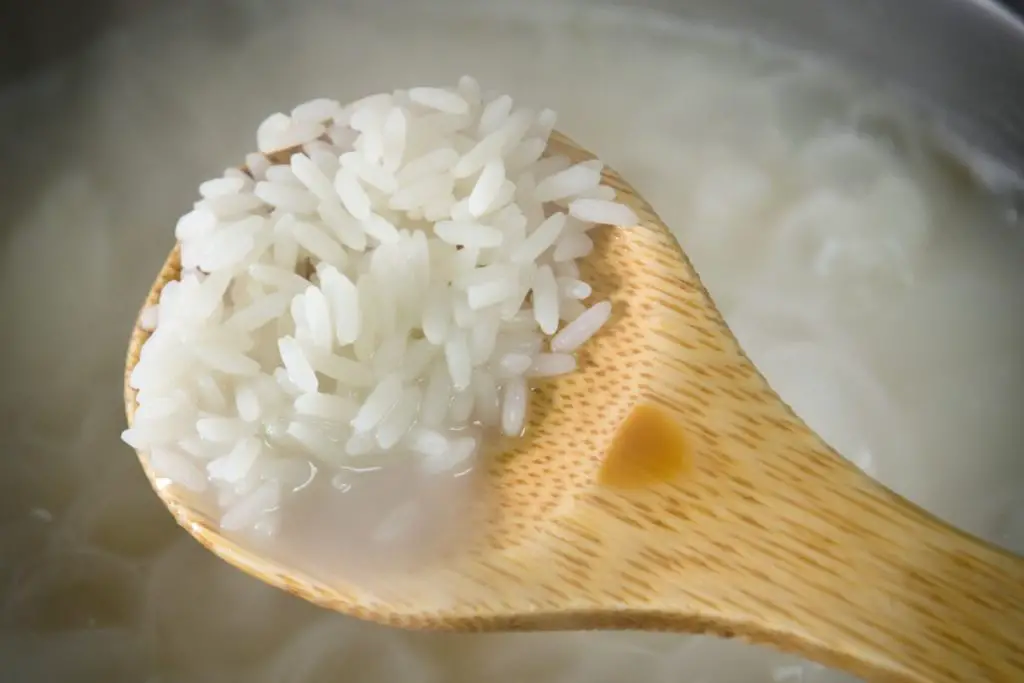
Boiled plain white rice—as opposed to brown rice or whole-grain rice—has almost no flavor. By stripping it out of the bran and germ, you remove most of the taste and nutrients, therefore rendering it much blander than other rice varieties.
However, just like tofu beforehand, this bland flavor is what makes plain white rice so popular. Since it does not overshadow any other ingredient, it is the perfect accompaniment to provide a fulfilling meal without eclipsing other flavors.
Read Also: How To Flavor Rice With Spices (5 Easy Ways To Jazz Up The Taste And Color).
6. Oats
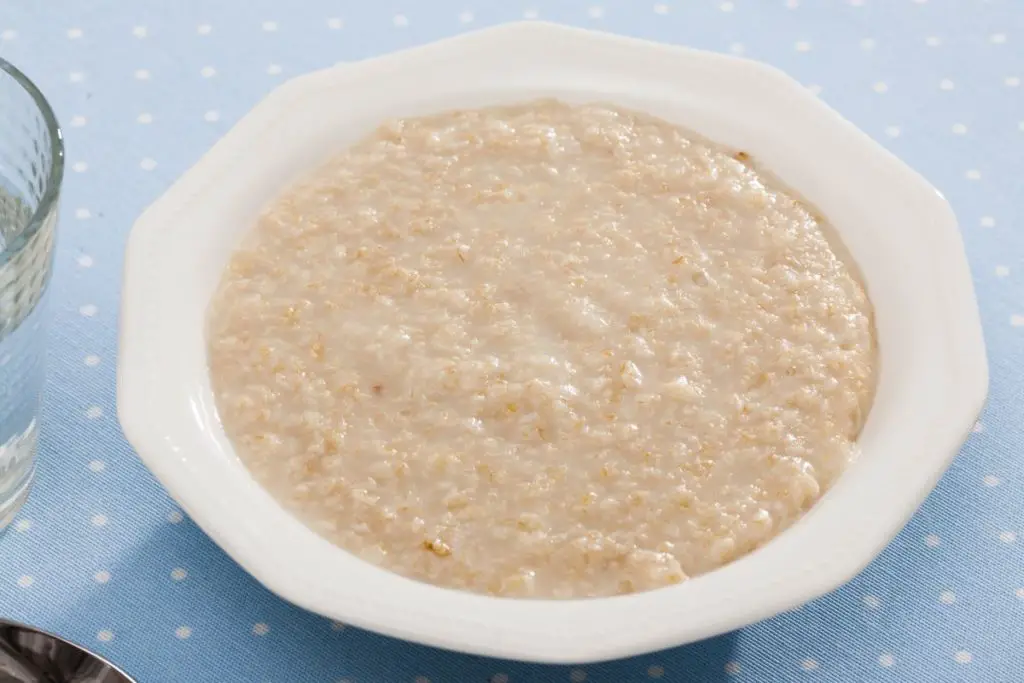
For all their health benefits, oats are quite plain as they are. They’re naturally gluten-free, an excellent source of fiber, and full of abundant vitamins, minerals, and antioxidants—but there is no real flavor to speak of.
That is why oatmeal prepared with simple water has no flavor yet carries a mushy texture. However, oats have remarkable absorption properties, so cooking them with more flavorful liquids, sweeteners, and seasonings can add a tasty touch to the porridge that enhances its nutty base notes.
Read Also: 5 Best Oats For Porridge (Make A Perfect Bowl Of Oatmeal).
7. Konjac

Konjac is an essential component in Eastern Asian cuisine; a starchy root vegetable valued for its versatile texture and for being a rich source of soluble dietary fiber. These qualities make it an optimal go-to component for making plenty of gluten-free alternatives to rice and noodles apt for those with celiac disease or on strict diets.
Part of what makes konjac such an excellent and versatile food is its bland flavor—it is quite neutral and mild without any real tang to it. Konjac has a slightly salty undertone and a seafood-like smell that you can wash away.
8. Quinoa
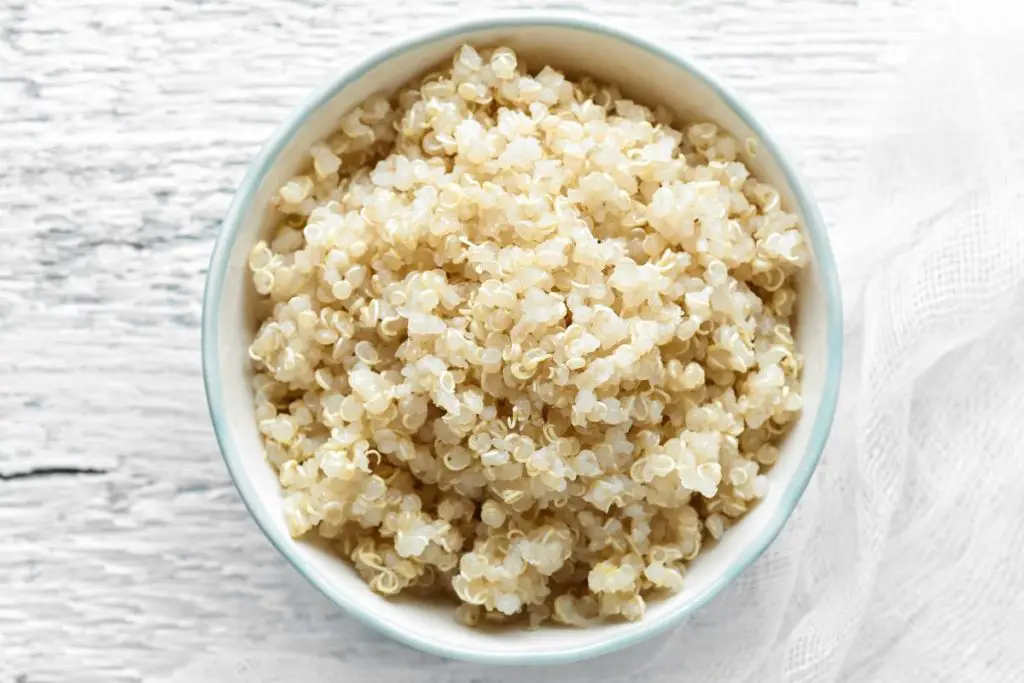
There is a reason why this superfood has become the go-to replacement for rice, oats, and other popular side dishes—it is just as bland.
Flavor-wise, quinoa is relatively mild and unassuming yet carries a soft nutty flavor that only those with a very discerning palate can detect. Since it is virtually flavorless, quinoa can turn sweet or savory depending on your seasonings, adding to its versatility.
Not to mention, quinoa has endless health benefits as it is an excellent source of fiber and is rich in folate, iron, potassium, and many other minerals.
9. Ugali
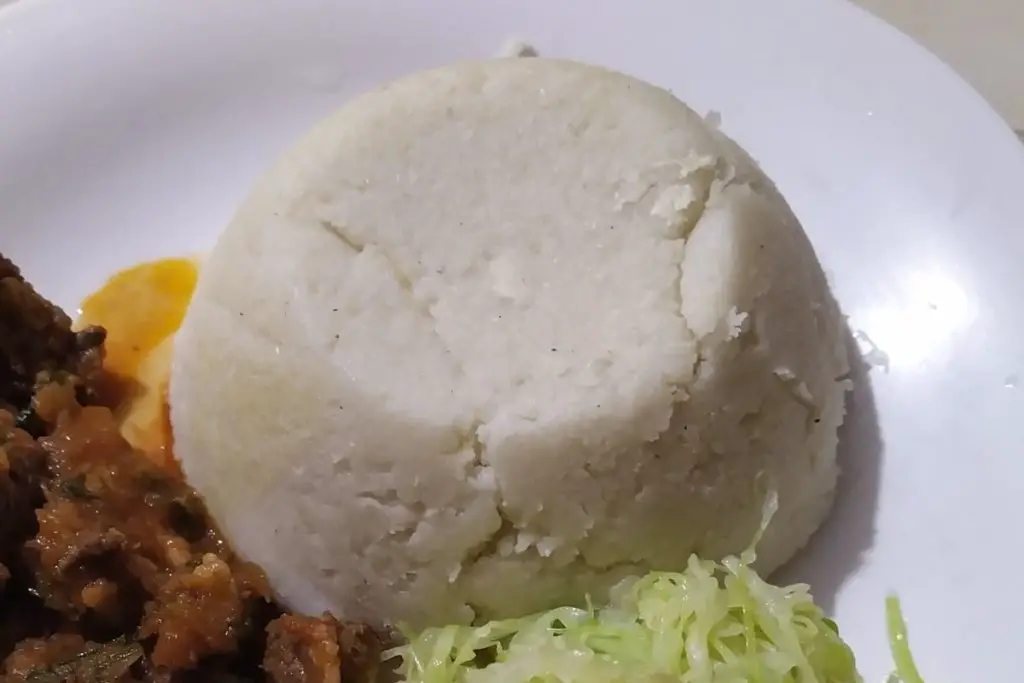
Ugali—also called by many other names depending on the country—is one of the few dishes to be considered part of the UNESCO Representative List of Intangible Cultural Heritage of Humanity.
Near quintessential in African cuisine and somewhat similar to the Italian polenta, it is a porridge made with cornmeal and Miele-meal, a type of white maize.
Although its flavor is near indistinguishable, it is valued as an indispensable side dish—a fulfilling meal that accompanies other, more flavorful preparations and provides a satisfying bite.
10. Egg Whites
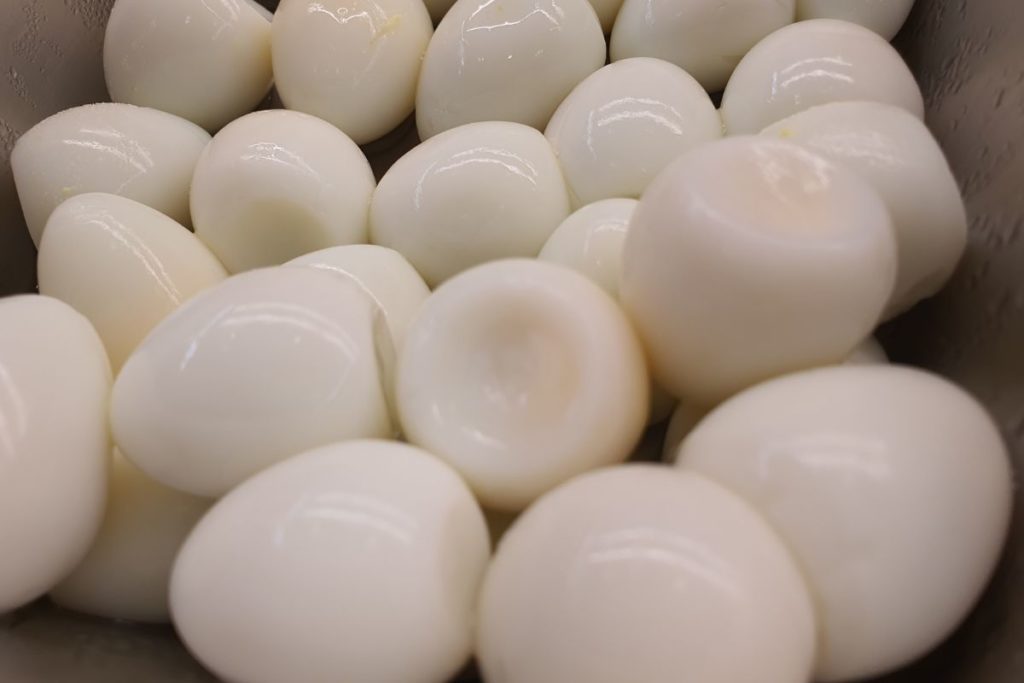
Egg whites are a staple food for individuals under a specific diet. They are an excellent source of protein without additional calories, making them a staple diet food and a heart-healthy alternative.
However, they carry no notable flavor. Meringue cookies, for example, rely on the sugar and flavoring agents to acquire any sort of taste, and yolk-less scrambled eggs can quickly turn rubbery and plastic-like.
Luckily enough, they’re incredibly versatile—you can mix and match egg whites with any sort of ingredient for a more fulfilling meal.
Read Also: Which Eggs Are The Healthiest – Buying And Cooking Guide.
11. Raindrop Cake
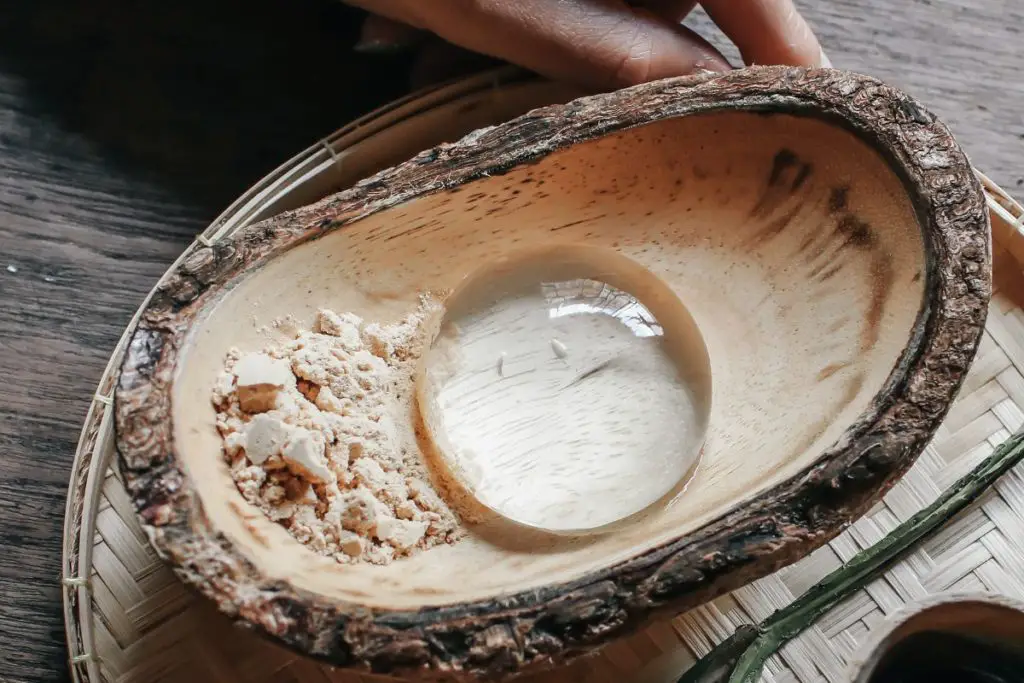
This beautiful, yet unusual dessert took the internet by storm from 2014 to 2018 due to its ethereal appearance resembling a dainty waterdrop.
Derived from the Japanese mizo shingen mochi, it developed as a conceptual dessert answering a simple question—what if water became edible? The result is a combination of mineral water and agar, vegan gelatin made from seaweed.
The result? A beautifully translucent dessert with virtually no flavor yet has a delectable texture that melts in your mouth. For extra flavor, it’s often accompanied by different syrups and toppings.
In Conclusion
While some of these food items may seem unappealing, they are still worth trying. With their strong, non-existent flavors, they are sure NOT to leave a bad taste in your mouth. So the next time you are feeling unadventurous, try out one of these tasteless foods above, but be warned – you may not taste anything!
